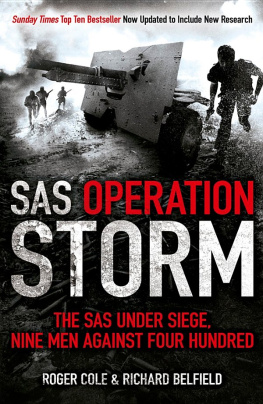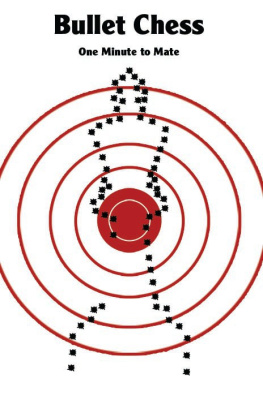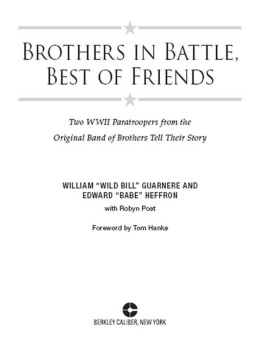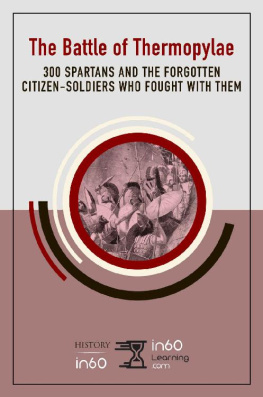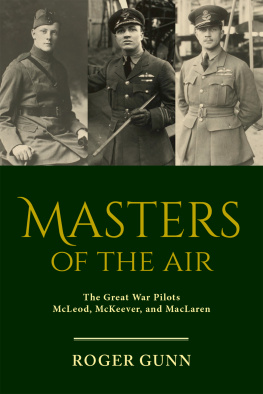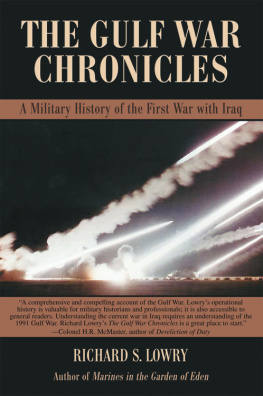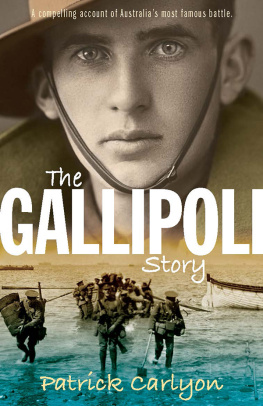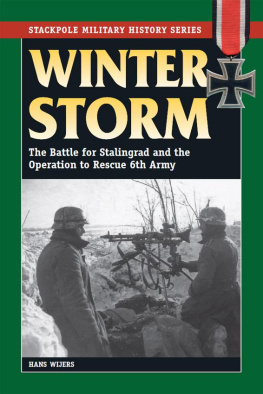About the authors
Roger Cole was born in 1944. He joined the Royal Army Ordnance Corps (RAOC) in 1964, his first posting being to Germany. In 1968 he passed his SAS selection course and joined B Squadron, 22 SAS in Hereford. He did various tours in classified areas, including Dhofar, Oman. He returned to the RAOC in 1977 and rose to the rank of Staff Sergeant Major, Warrant Officer Class 1. He has served with the British Army in Germany, Cyprus, and the Falkland Islands. He retired from the army in 1986.
Richard Belfield is an award winning television producer/director, author and playwright. He has made documentaries for every major British broadcaster, as well as Discovery, National Geographic, the Arts and Entertainment Network and WGBH in the USA. His television programmes have won prizes on both sides of the Atlantic. As well as Terminate With Extreme Prejudice (Constable & Robinson) he is the author of Can You Crack the Enigma Code? (Orion). He is a Director of Fulcrum TV.
SAS Operation Storm
Roger Cole & Richard Belfield

www.hodder.co.uk
Spellings of Arabic names and places vary according to source.
The authors have been as consistent as possible throughout the book.
Picture Acknowledgements:
Most of the photographs are courtesy of Roger Cole.
Additional sources: Bob Podesta, Pete Scholey.
Photo of BAC 167 Strikemaster NA3T
Photo on page v Roger Cann
First published in Great Britain in 2011 by Hodder & Stoughton
An Hachette UK company
Copyright Roger Cole and Richard Belfield 2011
The right of Roger Cole and Richard Belfield to be identified as
the Authors of the Work has been asserted by them in
accordance with the Copyright, Designs and Patents Act 1988.
Maps Rosie Collins
All rights reserved. No part of this publication may be reproduced,
stored in a retrieval system, or transmitted, in any form or by any means
without the prior written permission of the publisher, nor be otherwise
circulated in any form of binding or cover other than that
in which it is published and without a similar condition
being imposed on the subsequent purchaser.
A CIP catalogue record for this title is available from the British Library
ISBN 9781444726992
Hodder & Stoughton Ltd
338 Euston Road
London NW1 3BH
www.hodder.co.uk
This book is dedicated to Labalaba, Tommy Tobin
and all the soldiers and airmen on both sides who were
killed during the Dhofar War and to Walid bin
Khamis al-Badri and the hundreds of others
with wounds they have carried ever since.
Together, they won a war.
More importantly,
they built a sustained peace in Oman.
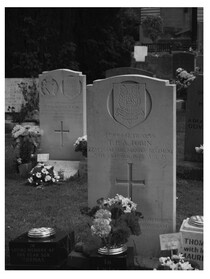
After the battle I was asked to write a dispatch. Having interviewed Mike Kealy and the survivors of his team, it became very clear that I was privileged to be hearing an account of inspired leadership, devotion to duty and great bravery. Modesty, the mark of brave men, was evident. Those I spoke to were anxious to tell of the bravery of others but showed a reluctance to talk of events where their own courageous actions took place.
I concluded my dispatch with these words: It may appear that an unusually large number of names have been recorded. This is because there were, on 19 July, an unusually large number of gallant actions of Mirbat.
Colonel Bryan Ray, the commander of the Northern Frontier Regiment in the Sultan of Omans Army, speaking to a crowd of about 300 at the Battle of Mirbat Memorial dedication in the Allied Special Forces Grove at the National Arboretum, Lichfield, Staffordshire, 19 July 2009.
A cknowledgements
As always, especially in a book like this, there are many people to thank for their time, their candour and their memories.
First of all, there are the survivors of the battle, all of whom talked to and shared their memories and their insights Bob Bennett, Fuzz Hussey, Jeff Taylor, Pete Warne and Sekonaia Takavesi.
As well as the soldiers there are the pilots. Neville Baker, Sean Creak and Nobby Grey all welcomed us into their homes, with tea and sandwiches. David Milne-Smith shared his recollections by email. All were remarkably self-effacing in describing their extraordinary heroics on that day back in 1972. But as they all pointed out in their wonderfully low-key way, taking bullets on board was a routine matter in the Dhofar War.
Back at Um-el-Ghawarif, the army headquarters during this war, several shared their recollections of that day and the wider conflict. David Venn was the Operations Officer that morning and was the first off the mark, dispatching choppers and planes. Lofty Wiseman was the B Squadron Staff Quartermaster Sergeant, who raided the stores of every gun, bullet, grenade and mortar, while Trevor Brooks and Tony McVeigh ran the radios. Bernard Shepherd, Jeff Ellis and Sam Houston all helped shape a richer account of the role G Squadron played on the day of the battle.
Other SAS soldiers provided valuable insights and experiences into the wider Dhofar War. Pete Scholey, Bob Podesta, Mel Townsend and Big J known to everyone in the regiment as Valdez were all rich sources of recollection and information. Animated by tea and chocolate biscuits, Pete Scholey was especially helpful in painting a vivid portrait of the everyday conflict of the war. Other members of the regiment helped us but do not wish to be mentioned. We know who you are. Hopefully your former employers do not. You have our grateful thanks.
The Intelligence Corps, far too often ignored in war books like this, were very helpful. As well as David Venn, David Duncan and Alan Abbott, who ran the intelligence operation in the latter stages of the war, all provided many valuable insights. John Condon, the Chair of the Intelligence Corps Museum Trustees, and the staff at the Museum were very helpful in finding some priceless material in their archives.
Helen Tobin and her sisters, Theresa and Marie, kindly shared their memories of their brother, and painted a vivid portrait of their family life, growing up as poor Irish immigrants in West London. It was a fascinating insight. He is Thomas to them, Tommy to everyone in the regiment, but a hero to them all.
As ever, Colin Wallace, who was one of the key organisers of the Battle of Mirbat Memorial dedication in 2010, was terrific. He shared his recollections of his own visit to Mirbat, where he laid small wreaths for Laba and Tommy Tobin, provided valuable material and helped put us in touch with former SAS soldiers.
Abdallah Homouda, the great Middle Eastern journalist and commentator, was helpful throughout, especially in reminding us that this was a civil war, where loyalties were tribal rather than political. Professor Clive Jones at Leeds University very kindly shared some of his excellent academic research on the war.
For the paperback, the authors visited the Middle East Centre Archive at St Antonys College, Oxford to read the papers and diary of Brigadier John Graham, who ran the war for the Sultans Armed Forces in the early years. The resident archivist, Debbie Usher, was wonderfully helpful and her ritual of an enforced break for tea and biscuits, once in the morning and once in the afternoon, is a civilised addition to the investigative process. One to be recommended to every archive.
The authors also went to see Lord Ashcroft in his London office. He is the great champion of the British soldier, a tireless campaigner for the proper recognition of valour, courage and bravery. He has taken up the campaign, in the House of Lords, for Tommy and Laba to both get the medals they deserve.
Next page
